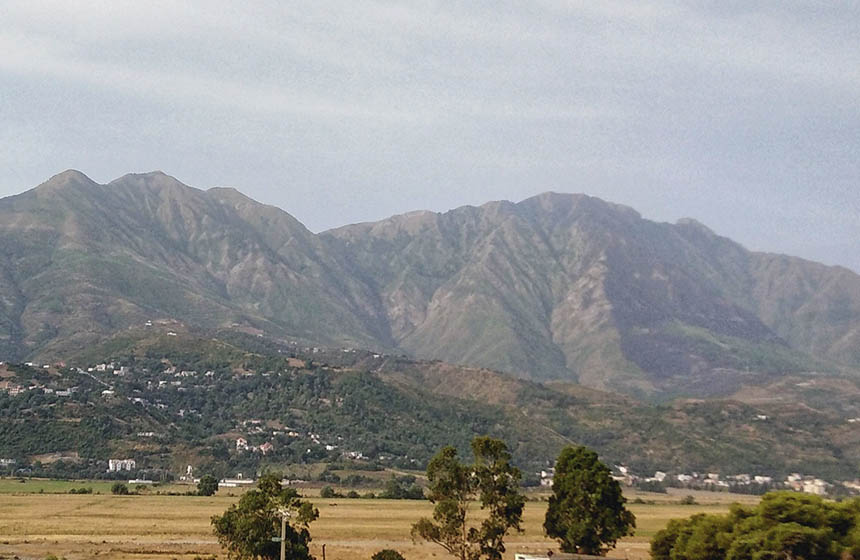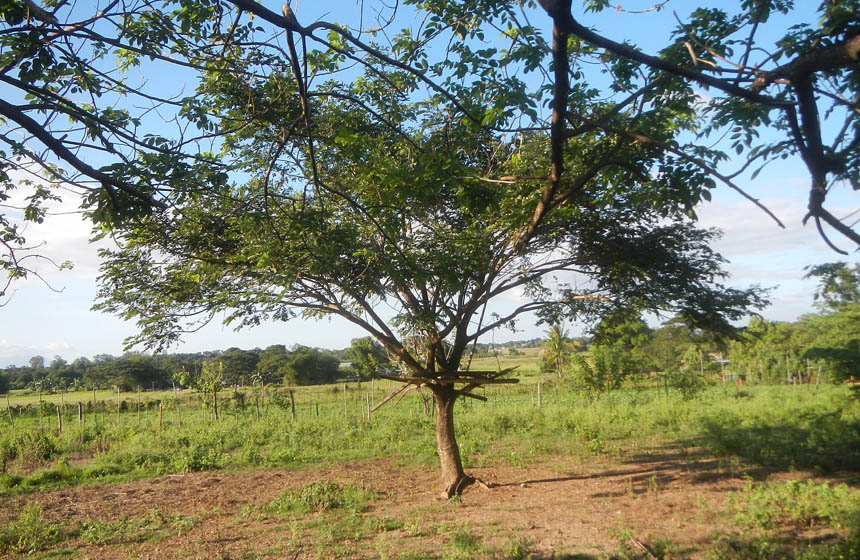Exclosure practices help to restore overgrazed pastoral rangeland
Exclosure practices were adopted with the aim of rehabilitating and recovering the biodiversity of overgrazed pastoral rangeland.
Nature-based Intervention:
Exclosure is a practice that, through the periodic rotation of different parts of a grazing area, is known to promote landscape restoration and biodiversity recovery. Therefore, 32 sites of exclosure covering 18% of the grazing courses of the Naama province were fenced in to eliminate human and animal disturbances and have reportedly succeeded in significantly restoring natural biodiversity of the steppe ecosystem. The continued use of this practice is expected to aid in adapting to both human and climate change induced pressures on the rangeland.
Overview of context and outcomes:
In Naama province, the pastoral rangelands are subject to intense desertification through the exposure of the soil surface by land clearing and overexploitation of vegetation. An increase in sheep flocks and grazing has further exacerbated the issue.
Case effectiveness on
Climate change
Although not reported, the extent of the documented rehabilitation and recovery of vegetation in the rangelands, in addition to reported improved soil quality, will likely contribute to climate change mitigation on a small scale.
As a result of the intervention, researchers found that drought had little effect on the environment that had been subject to the exclosure practice. These results suggest that exclosures might strengthen the rangeland’s ability to withstand eventual climate change induced desertification.
Ecosystem health
Ecological effect: PositiveRecovery of vegetation was measured as twice as high in areas that practiced exclosure as compared to in free range areas. The rate of recovery of vegetation was reported to be between 25% and 40% in areas practicing exclosure as compared to less than 20% in free range areas. Biological recovery was found to generate an increase in perennial biomass, the proportion of organic matter in soil, permeability and water balance, and other biological activity. An increase in species diversity and return of endangered flora was also observed in the areas under exclosure. The exclosure practice was found to have enriched flora diversity by more than 50%.
Socioeconomic outcomes
While not reported, and increase in vegetation likely lead to more stable fodder availability for local farmers.
Governance
This project is governed by the Algerian government through the High Commission for Development of the Steppe.
Finance
This program is funded by the Algerian Government through the High Commission for Development of the Steppe of Naama.
Monitoring and evaluation
Monitoring and reporting of data from the exclusion sites took place in order to evaluate their effectiveness.
Trade-offs and limitations
No information yet available on tradeoffs.

Intervention type
- Protection
- Restoration
Ecosystem type
- Montane/Alpine
Climate change impacts addressed
- Loss of food production
- Drought
- Desertification
Instigators
- National government/agency
Societal challenges
- Biodiversity conservation
- Climate change adaptation
- Disaster risk reduction
- Food security
Outcomes
- Food security: Positive
- Water security: Not reported
- Health: Not reported
- Local economics: Not reported
- Livelihoods/goods/basic needs: Not reported
- Energy security: Not reported
- Disaster risk reduction: Positive
- Rights/empowerment/equality: Not reported
- Conflict and security: Positive
- No. developmental outcomes reported: 4
Resources
Read resource 1Read resource 2
Literature info
- Peer reviewed



